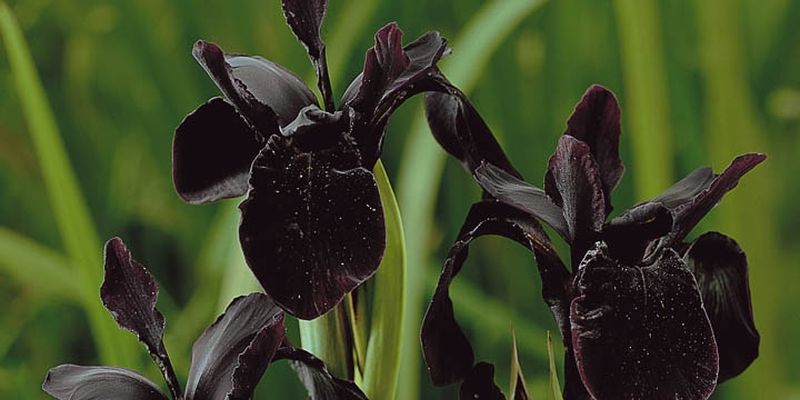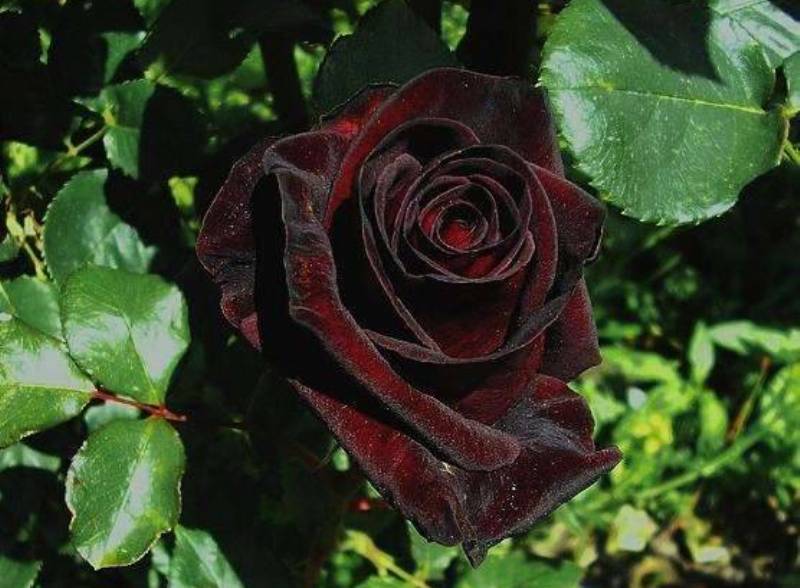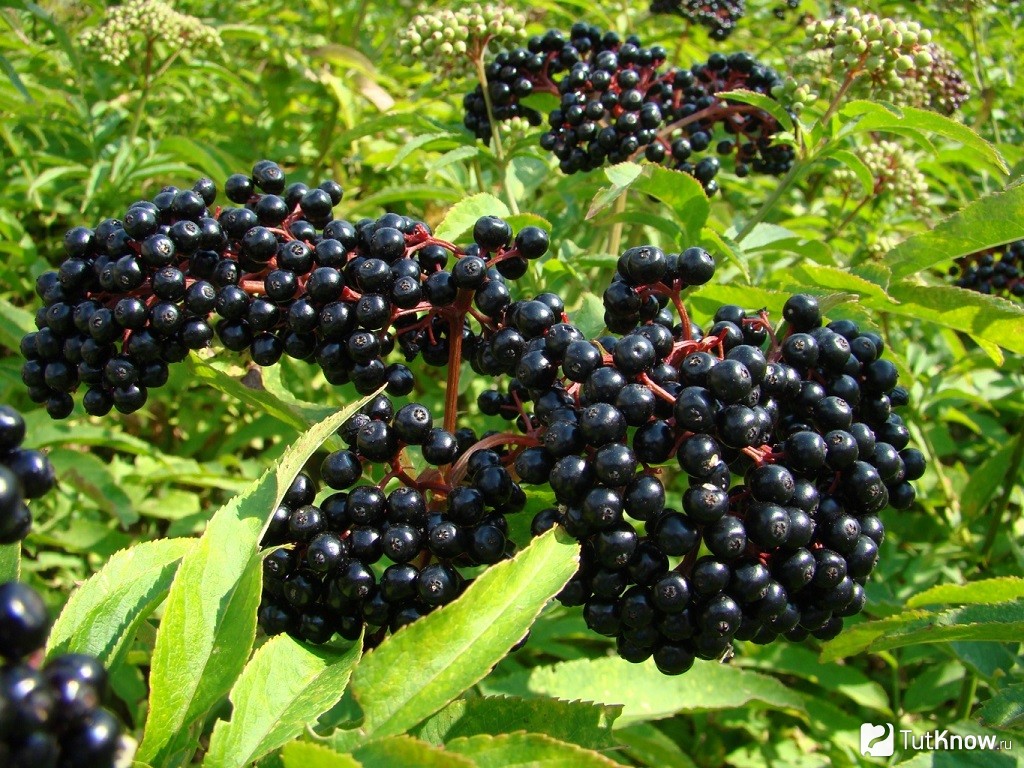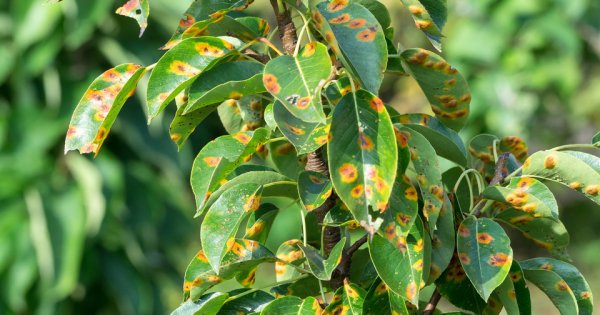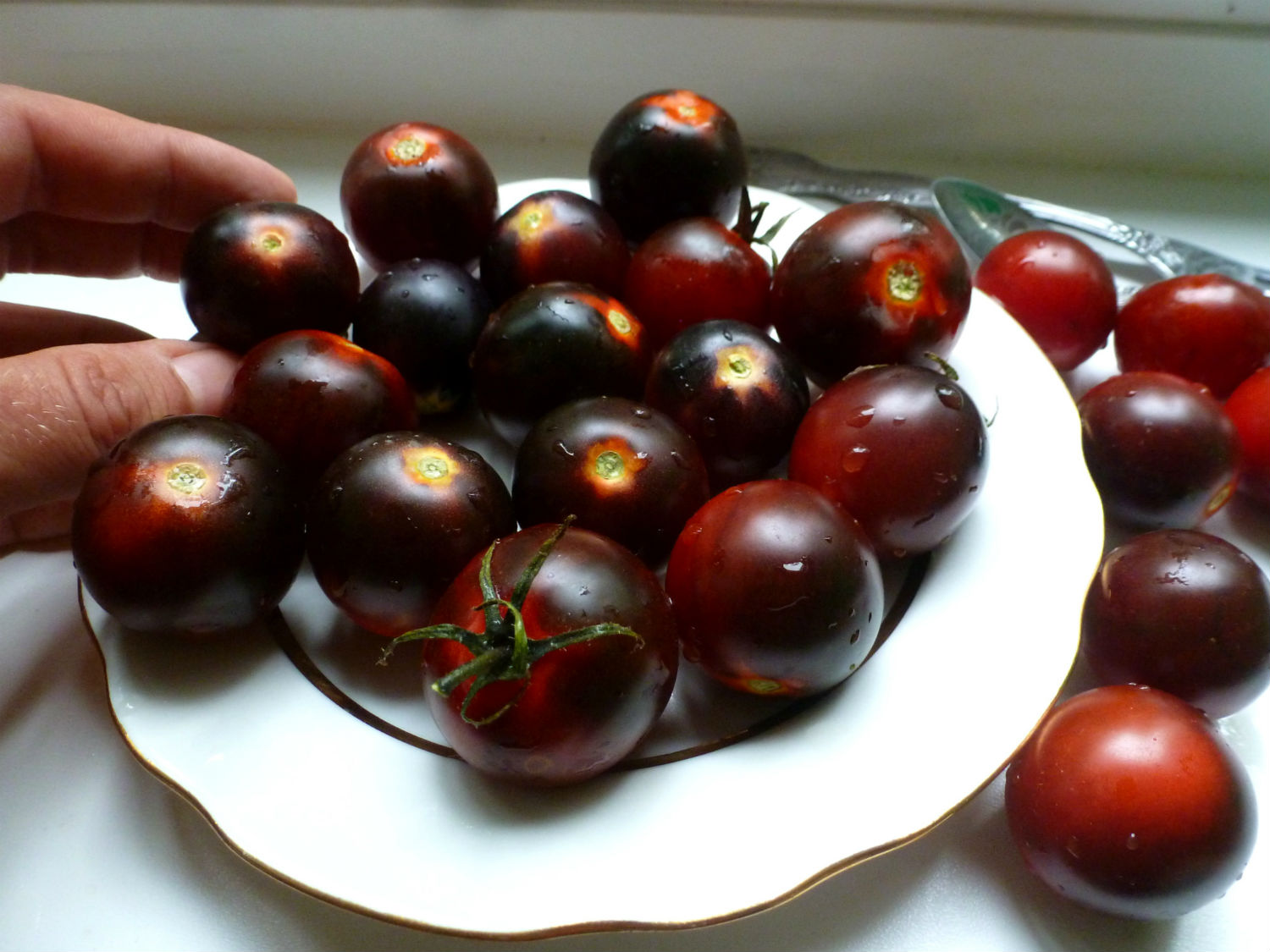Content:
The language of black colors is very ambiguous. On the one hand, it is fraught with mourning, simplicity, on the other, it emphasizes style, grace and elegance. Likewise, bouquets and flower beds with black flowers combine all of the above properties.
It is quite difficult to meet flowers of a simple black color, in nature there are many shades: dark purple, dark cherry, dark dark red, and so on. Every woman will be amazed at the beauty of the bouquets that contain such unique flowers. Modern artists do not ignore these original plants; songs are dedicated to them, for example, "Black Flowers" by the Vorovayki group.
The brightest black flowers
If you try, you can choose such varieties of crops for your flower bed that will seem almost black:
- The most common are black roses. They are most often found in bouquets and flower beds. In reality, the varieties only have the name black, in fact, the petals are a very dark shade of red, purple, blue, and so on.
- Black tulips are no less common, which actually have a deep deep purple color. Closest to this culture, the corolla of the plant is close to black.
- Mysterious and charismatic dark orchids that many grow in pots. Has a black orchid flower that wraps an elegant and stylish look with a special charm.
- Calla lilies, which are almost black (dark cherry) in color, have been a symbol of health and good luck for a long time. Calla lilies such as Black Star are a selection achievement. It is able to stand in water when cut for about 3 weeks.
- Black orchids of such varieties as cambria and dendrobium are found in nature. The aroma of black orchids slightly resembles vanilla, they are unpretentious, they are easy to grow at home.
- You can find black carnations in nature. The most widespread variety is "Gypsy". Also, the carnation "Minstrel", whose color has a red tint, is ranked among the dark colors.
- There are many varieties and dark colors of irises that are close to black. The darkest is the lower tier of the iris flower petals.
- Indoor flower - ficus "Black Prince" is no less popular. It got its name for its beautiful dark foliage, which sometimes seems almost black.
On a note. The above are the most common black flowers, but in nature there are many dark flowers that have a less interesting inflorescence shape: scabiosa, Kamchatka and Persian hazel grouse, aquilegia, hoya, dahlia, takka, anthurium, petunia.
The darkest varieties
Each plant is unique in its own way, and not every garden will be able to grow it, since there are certain requirements for germination conditions and care. Therefore, before you buy seeds of black flowers, you should choose the right variety. Today on sale you can find worthy works of Russian, Turkish, German and other breeders who have worked for years to breed worthy crops with black flowers.
Rose Black Prince
This is an old variety (in Latin - Black Prince), which is still very popular today. The flowers of the Black Prince are large, cupped, painted in shades close to the darkest possible.
The petals are dense, double, there are about 45 of them in one flower. The bush reaches one and a half meters. The leaves are bright green, with sharp thorns on the stem. To grow this variety, it is important to choose the right place on the site. It will not work to grow such a rose in the shade, it prefers sunny areas without drafts. But from the scorching bright sun it can get burned. The soil should have a moderate level of acidity, the absence of groundwater is important.
Rose Black Magic
An equally attractive variety of roses, which was bred for cutting into bouquets, modern gardeners successfully grow bushes of Black Magic on their plots. Inflorescences can be formed one at a time, there can be 4 on one branch. The plant, even without flowers, stands out for its decorative effect, since it has dense, saturated green leaves. One flower consists of 40 or more petals.
Black Orchid
The orchid has long been considered the queen of perennial flowers. Everyone knows about the insidiousness of orchid cultures, the representative with black flowers simply enchants with her unusual beauty and attractiveness. The most common variety of black orchids is Withcraff.
Mallow
Most often in garden plots you can find pink or purple mallow, but it is very unusual to decorate the garden with a variety of this plant with dark flowers.
Hyacinth
An excellent representative of black flowers, which is unpretentious in care. It attracts the eye with its attractive appearance and irresistibility. Appears quickly when it gets warmer outside, blooms for a long time with beautiful, very dark candles. Reproduction takes place by bulbs, the number of which increases after each season.
Black elderberry
Elderberry is not quite a black-flowered plant. On the plots, it is grown not because of the black color of the flowers, but because of the berries. After ripening, they decorate elder bushes in large clusters. The flowers of the black elderberry themselves have a yellowish-white tint. The healing effect has been known for a long time, many parts of the plant are used in pharmacognosy, cosmetology. In many medicine kits, there are elderberry-based preparations. Before using medicines with elderberry, you should study the list of contraindications, it is essential.
Perennial care
No matter how beautiful the variety of the selected flowers is, it will not work to get a luxurious plant without observing the basic rules of agricultural technology. Each crop is unique and requires specific measures to grow. Still, there are general recommendations that will help you grow even the most capricious black flowers on your site.
When farming black flowers, you should follow the basic rules of planting and growing typical of other representatives of these plants.
Among the mandatory care procedures are the following:
- Watering. It is important to keep the measure here. The soil should not dry out, but few plants like the abundance of moisture. In the hot summer season, watering is carried out 3-4 times a month. Closer to autumn, watering is reduced. After watering, loosening is carried out with the removal of weeds.
- Fertilization. This is a very important part of plant care. Without regular feeding, it will not work to grow beautiful crops with abundant and lush flowering. In most cases, feeding is carried out at least 2 times per season. First, organic fertilizers or nitrogen-based formulations are applied in early spring, after the first greenery appears. The second time fertilization should be applied during the budding period.At this time, potash and phosphate fertilizers will be the best solution.
- Pruning. To get beautiful flowers for some crops, pruning is simply necessary. Most often, the bushes are decorated before budding and the bushes are pruned before winter.
Before winter, flowers should be sheltered so that the root system can cope with severe cold weather. Some plant species can withstand severe frosts in heavy snow. Perennial plants have a hard time in snowless winters.
Protection against diseases and pests
Despite the good immunity of modern perennial crops, when growing them, you can encounter diseases and pests that will significantly spoil the appearance of flowers.
A timely fight against any problem is necessary for two main reasons:
- Giving the flower beds the desired decorative effect.
- Protecting the rest of the garden from the spread of disease and insects.
If you minimize the likelihood of defeat, then the problems will be much less. When diseases and pests appear, measures should be taken immediately after the first signs are detected.
Powdery mildew
When affected by this disease, white blooms appear on the stem and leaves. If untreated, they first turn gray or ash, then turn brown.
The principle of treatment is as follows:
- Affected flower areas are removed and cut.
- When signs of a disease appear, the plants are treated with a 1-2% solution of iron or copper sulfate.
- During the flowering period, if signs of disease appear on the buds, they are removed, the bushes are treated with Skor or Topaz preparations.
Rust
Rust is another common problem with decorative flowers. Rusty pustules appear on some parts of the plant. Light pale spots form around them. Treatment of diseases is as follows:
- The affected parts of the plant are removed, followed by burning.
- Every year in the spring, preventive treatment should be carried out with drugs such as Abiga-Peak, 1% solution of Bordeaux liquid, Hom, and so on. When repeated signs appear, the processing is repeated.
- To increase the resistance of crops to rust, fertilizers with a lot of potassium should be used.
Less common are gray rot, spotting. There is also a large list of drugs to combat them. In the instructions offered to them, the list of diseases and the sequence of actions for correct use are always indicated in detail.
In addition to fighting disease, insect control may sometimes be required. Often on crops you can find aphids, spider mites, wireworm spoils the root system. Each of them has their own ways of fighting.
Despite the fact that black flowers are quite rare and considered exotic, you can grow them on your site with a little effort and effort. It will be possible to get beautiful bright dark flowers if you follow the simple rules of agricultural technology typical for a particular culture.
